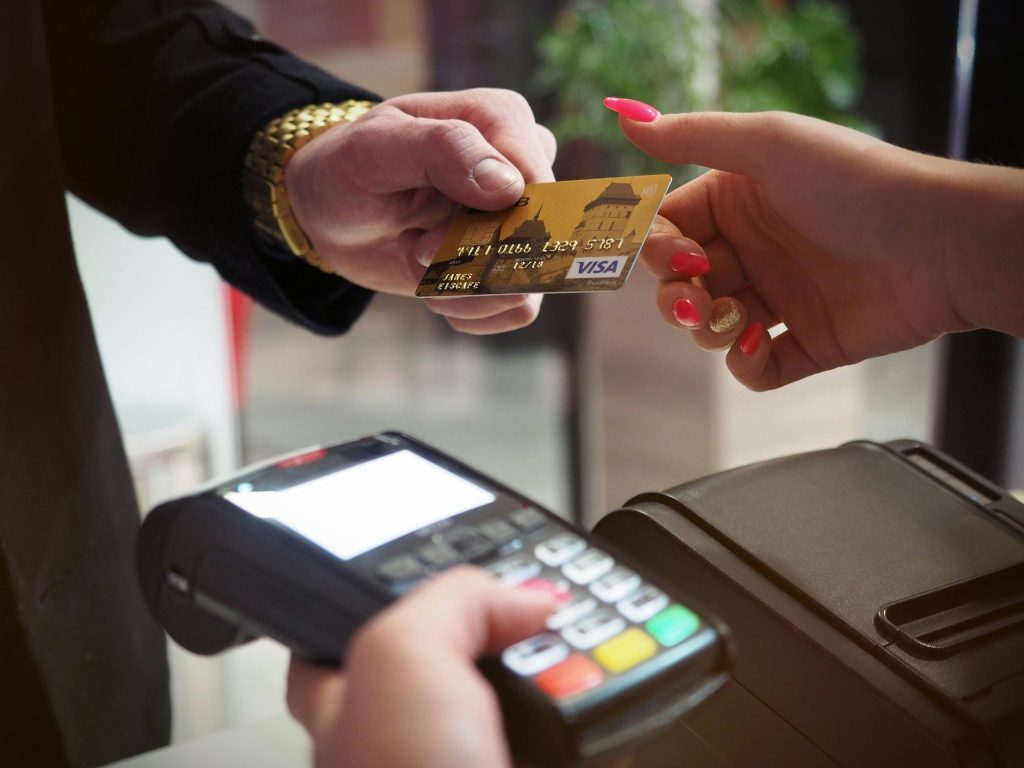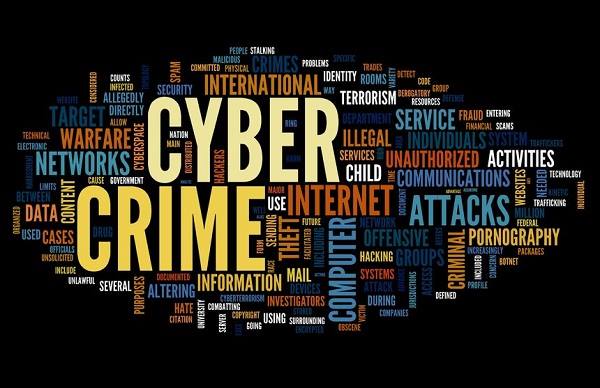Recently, Karachi, Pakistan’s financial hub, experienced a significant cybercrime incident involving a debit card scam that affected consumers from three private banks. The issue emerged right before Eidul Fitr, leading to numerous complaints about unauthorized financial activities. Cybercrime Pakistan is a growing concern with increasing incidents of online fraud, hacking, and identity theft. This article delves into the details of the scam, its implications, and the broader context of cyber threats in Pakistan.

The Debit Card Scam
Unexplained Transactions and Disruptions
Hundreds of customers from one of largest banks reported losing money due to technical faults in the bank’s services. These customers experienced unapproved bank transfers, bill payments, and online purchases. The bank’s staff assured the frustrated customers that efforts were underway to resolve the issues and temporarily disabled affected cards.
Nature of the Fraud
As complaints increased, debit card fraud was suspected. This type of fraud involves altering ATMs to capture debit card information and using key loggers to steal PINs. The stolen information is then used for online transactions. Overseas criminals exploited compromised data to execute fraudulent transactions in foreign currencies, prompting the bank to block international transactions for most of its customers.
Customer Impact
Cybercrime Pakistan increasing incidents of hacking, phishing, and fraud targeting banks and financial institutions. The fraudulent transactions were primarily in dollars instead of Pakistani rupees. Customers needed to activate Internet banking to use their debit cards online, and failure to do so led to transaction denials and suspension of online services for safety.
Broader Context of Cyber Threats in Pakistan
Increase in Data Breaches
With the rise of digital banking in Pakistan over the past two years, data breaches have become more common. Despite a strong cybersecurity strategy from the banking regulator and relevant ministry, both public and private institutions have faced significant breaches.
Major Incidents
- 2018 Banking Breach: Hackers exposed over 19,000 card details from 22 Pakistani banks, selling information on dark web forums.
- K-Electric Attack (September 2020): A ransomware attack disrupted billing and online services, with attackers demanding a $7 million ransom.
- Pakistani Music Streaming Site (January 2021): Hackers stole personal information from 260,000 users.
- Federal Board of Revenue (August 2021): Hackers shut down official websites by cracking Microsoft’s hyper-V software, selling data for $30,000.
- National Bank of Pakistan (October 2021): A cyberattack affected the bank’s online services.
Other Notable Cyber Attacks
- Careem Security Breach (April 2018): Compromised customer data from Pakistan and other countries.
- Peshawar ATMs (December 2020): Cyberattack on ATMs.
- Sindh High Court and PTV Sports Websites: Breaches in July 2021 and August 2020, respectively.
- Surveillance of Senior Officials (2019): Cellphones hacked using the Pegasus malware developed by NSO Group, capable of accessing messages, emails, contacts, and passwords.
Ideal Conditions for Cybercrime
Impact of COVID-19
The pandemic created ideal conditions for financial fraud due to changes in daily habits, including work and shopping. Remote work increased the need for secure network access, often lacking adequate safeguards. Banks had to rely more on digital and telephone channels, sometimes overlooking security concerns.
Increased Transaction Limits
Higher transaction limits on digital channels made account takeovers more lucrative. The rise in home delivery services led to new phishing scams and an increase in digital communication, exploited for phishing.
Surge in Online Investment
Lockdowns saw a significant increase in retail participation in financial markets, providing more opportunities for online investment fraud.
Major Cybersecurity Threats
Unencrypted Data
Sensitive bank data is at risk without strong cybersecurity measures. Unencrypted data can be easily accessed and misused.
Malware
End-user devices like PCs and cellphones, if infected with malware, pose a threat to bank networks by compromising sensitive data.
Insecure Third-Party Services
Banks often use third-party services, which can be a weak link if those providers lack adequate cybersecurity.
Data Manipulation
Manipulated data from third-party services can compromise the bank’s operations and customer information.
Spoofing
Hackers create websites that mimic banking URLs to steal login credentials, posing a significant threat to customers.
Combating Cyber Threats
Enhancing Cybersecurity
Both public and private sector organizations must use all available resources, including specialists and technology tools, to upgrade their cybersecurity systems. This proactive approach is essential to protect sensitive data and maintain customer trust.
For expanded insights, follow this link


